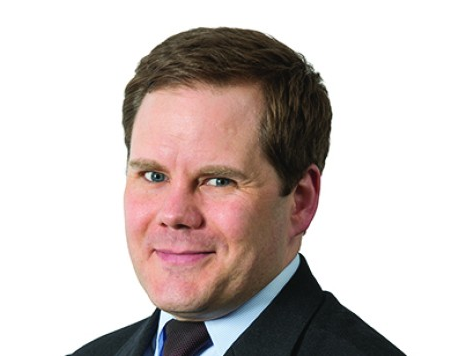Following the 2008 market meltdown, alternatives have undergone a significant transformation. Historically mainly popular among HNWI’s and distributed via small scale boutiques, they are increasingly endorsed by large asset managers and have caught the attention of institutional investors, comments Allianz Global Investors’ Spencer Rhodes.
One example is Allianz Global Investors. Its AUM in alternatives has increased from €2.1bn to €5.4bn year on year as of October 2014. Out of these, €3.4bn are currently invested in liquid alternatives such as options and futures and the remainder in illiquid assets such as infrastructure.
The product range in liquid alternatives ranges from market neutral equity long/short to structured alpha option strategies through systematic risk premia to global fundamental absolute return strategies.
According to Spencer Rhodes, Alternative Investments global business manager, the incentive to invest in alternatives has changed since the 2008 crisis, shifting from alpha generation towards downside protection as investors grapple with the tangible problem of the ongoing macro environment.
“Clients need bond substitutes because rates are low, but with stock markets at all-time highs, many are nervous about taking more equity exposure. This leads to a natural exploration of alternative investments,” says Rhodes.
Yet since the crisis, hedge fund performance has come in for criticism, as indices such as the Bloomberg Hedge Fund Index have consistently trailed the S&P 500.
With the change of targets, the performance of alternatives should also be assessed differently, argues Rhodes. “Criticising a hedge fund because it delivers less return than a stock market index is missing the point. Success depends on what you expect that particular hedge fund to do.
“For example, our Allianz Discovery Europe Strategy is a long/short equity market neutral fund targeting 5-8% annualised return with 5-9% annualised volatility. If it hits this range on both metrics, it is successful in the eyes of our clients regardless of what happens with the FTSE 100 or the Euro Stoxx 50.”
Regulation
The introduction of the AIFMD regime has limited the use of Caiman Island domiciled feeder funds by European providers, unlike US peers. The question, including for those involved in the liquid alternative space, is whether this will be a help or a hindrance. “AIFMD is making it more difficult for hedge fund boutiques to market their funds in Europe if they have previously only used Cayman legal structures. AIFMD is not a problem for alternative Ucits managers like us because our funds are already Ucits products,” Rhodes says.
“Our Discovery Europe long/short equity market neutral fund started out as a Cayman fund in 2007, but we converted it to a Ucits fund in 2009. Within the industry, that made us an early adopter of Ucits for our alternative funds. Our view back in 2009 was that our large continental European client base would eventually prefer Ucits for their alternative strategies, and that has now, in fact, become a widely-held preference across Europe.”
“Going forward, downside protection, volatility management, and diversification will remain the defining themes contributing to the mainstreaming of alternatives,” says Rhodes. “Like in any industry, you will have innovation from boutiques in the early years, but now larger, more established investment managers are institutionalising and mainstreaming alternative investments to help deliver outcomes for clients.”

